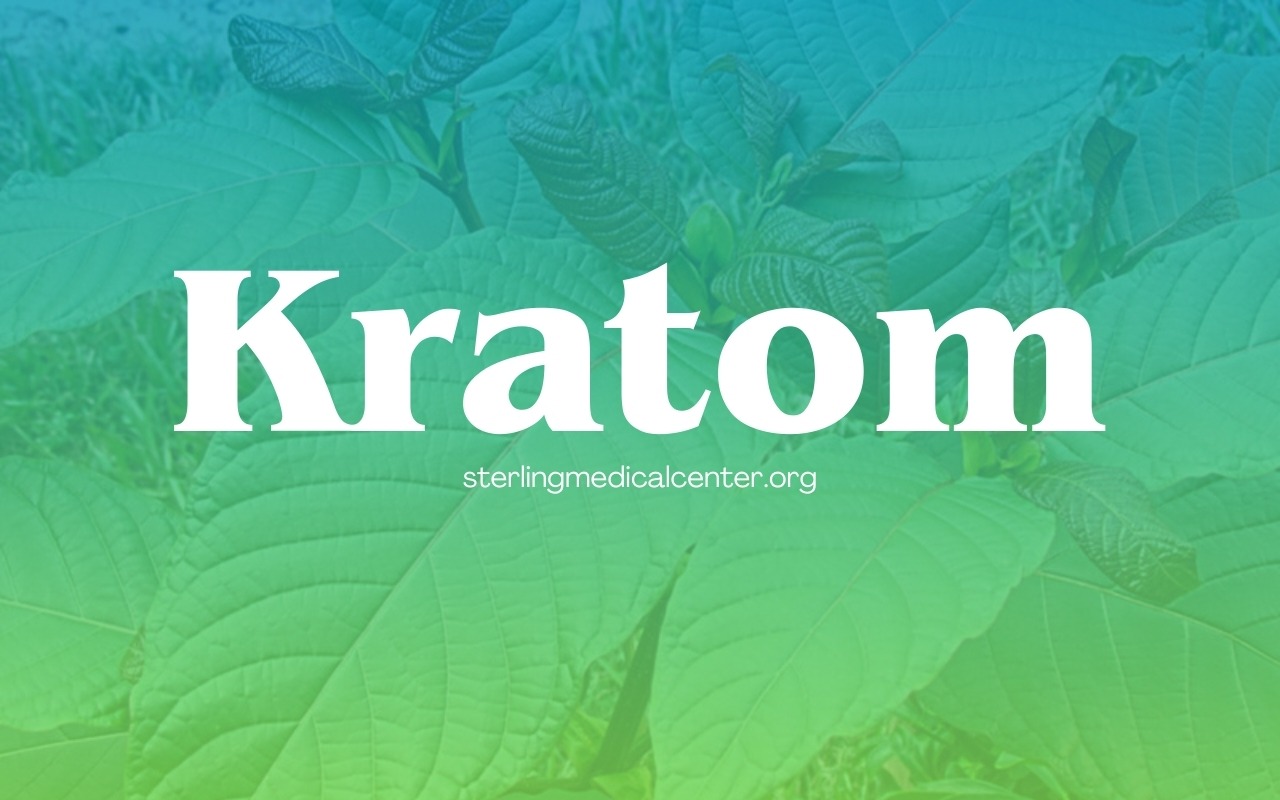
The opioid epidemic continues to be one of the most pressing public health crises, leading researchers and healthcare providers to explore alternative treatment strategies beyond traditional medication-assisted therapies (MATs) like methadone and buprenorphine. One controversial alternative is kratom, a botanical supplement derived from the leaves of Mitragyna speciosa, a tree native to Southeast Asia. Kratom has been promoted as a natural aid in opioid withdrawal, pain management, and harm reduction, yet concerns remain regarding its potential for abuse, lack of regulation, and safety profile.
At SterlingMedicalCenter.org, we are committed to examining medical solutions through a science-backed, patient-centered lens. This article provides a balanced analysis of kratom's potential benefits and risks in the fight against opioid addiction, based on the latest research and regulatory insights.
Understanding Kratom: Mechanisms and Effects
Kratom’s active compounds, mitragynine and 7-hydroxymitragynine, interact with opioid receptors in the brain, producing stimulant-like effects at low doses and opioid-like sedation at higher doses. This dual action has made kratom a popular alternative for those seeking pain relief and opioid withdrawal management.
While some individuals report symptom relief and improved quality of life, kratom’s pharmacological complexity raises questions about its safety, addiction potential, and the need for regulatory oversight.
Kratom as a Harm Reduction Tool: Potential Benefits and Risks
1. Kratom’s Role in Opioid Withdrawal and Recovery
Research indicates that kratom may help individuals transition away from opioids, providing relief from withdrawal symptoms and cravings. A 2020 study from Johns Hopkins University found that:
- 87% of kratom users reported reduced withdrawal symptoms.
- 80% reported decreased opioid cravings.
- 86% experienced pain relief without requiring conventional opioids.
These statistics suggest that kratom could serve as a harm reduction tool, particularly for those who have not found success with traditional MATs like methadone and buprenorphine.
2. The Risk of Dependence and Addiction
Despite its potential benefits, kratom use is not without risks. Studies have documented cases of kratom dependence, withdrawal, and increased tolerance over time. A 2021 study in Frontiers in Pharmacology found that long-term kratom use led to:
- Escalating dosage requirements.
- Withdrawal symptoms, including insomnia and gastrointestinal distress.
- Increased psychological dependence in some users.
Advocates argue that kratom dependence is less severe than opioid addiction, yet critics emphasize the lack of standardization and medical oversight, making it difficult to determine safe usage levels.
3. Potential Health Risks and Safety Concerns
High doses of kratom, especially in concentrated extract form, have been linked to serious adverse effects, including:
- Liver toxicity with prolonged use.
- Seizures and cardiovascular complications in individuals with underlying conditions.
- Respiratory depression, though at a lower rate than traditional opioids.
One case that underscores the importance of regulation is Krypton, a contaminated kratom product linked to nine deaths in Sweden due to adulteration with O-desmethyltramadol, a potent opioid. This highlights the urgent need for stringent quality control and safety monitoring.
The Regulatory Debate: Should Kratom Be More Strictly Controlled?
Kratom’s Status in the United States
Kratom is currently classified as a dietary supplement under the Dietary Supplement Health and Education Act (DSHEA) of 1994, allowing it to be sold without pre-market FDA approval. This has led to significant safety concerns, as the industry operates with minimal regulatory oversight.
The FDA and DEA have both raised concerns, with the DEA attempting to schedule kratom as a Schedule I controlled substance in 2016. Public opposition prevented the ban, but state-level regulations remain inconsistent:
- Banned: Alabama, Arkansas, Indiana, Rhode Island, Vermont, Wisconsin.
- Regulated: Arizona, Georgia, Nevada, Utah (with quality and age restrictions).
- Unregulated: Many states allow kratom to be sold with no oversight on purity or dosage.
International Approaches to Kratom Regulation
Compared to the U.S.’s unregulated market, other countries have imposed stricter controls:
- Banned: Australia, Sweden, Denmark, Finland, Japan, Malaysia.
- Tightly controlled but available: European Union, China (subject to food and supplement safety laws).
- Partially legalized for medical use: Thailand (formerly banned but now available for limited medical applications).
The European Food Safety Authority (EFSA) mandates stringent testing and labeling requirements, ensuring greater consumer protection than in the United States.
The Future of Kratom in Addiction Treatment
The medical community remains divided on whether kratom should be embraced as a legitimate harm reduction strategy. Proponents argue that, similar to methadone and buprenorphine, kratom offers a safer alternative to heroin and fentanyl, while opponents emphasize the lack of standardization and addiction potential.
Key Questions for Future Research:
- Can kratom be standardized for safe medical use?
- What are the long-term effects of kratom on neurological and organ health?
- How does kratom compare to FDA-approved opioid addiction treatments in clinical settings?
- Can medical supervision mitigate risks of dependency and toxicity?
Conclusion: Balancing Potential Benefits and Risks
Kratom presents both promise and peril in the fight against opioid addiction. While early research supports its potential as a harm reduction tool, concerns regarding dependence, lack of regulation, and product safety remain substantial.
At SterlingMedicalCenter.org, we advocate for a balanced, evidence-based approach to addiction treatment. The key to responsible kratom use lies in establishing clear regulations, conducting rigorous clinical research, and ensuring medical oversight for individuals considering kratom as part of their recovery journey.
Final Takeaway: Until further research clarifies kratom’s safety, efficacy, and best use practices, individuals should consult healthcare professionals, verify product quality from reputable sources, and stay informed about regulatory developments.
Also Read: Red, Green, or White? Understanding Kratom Types for Natural Wellness Support